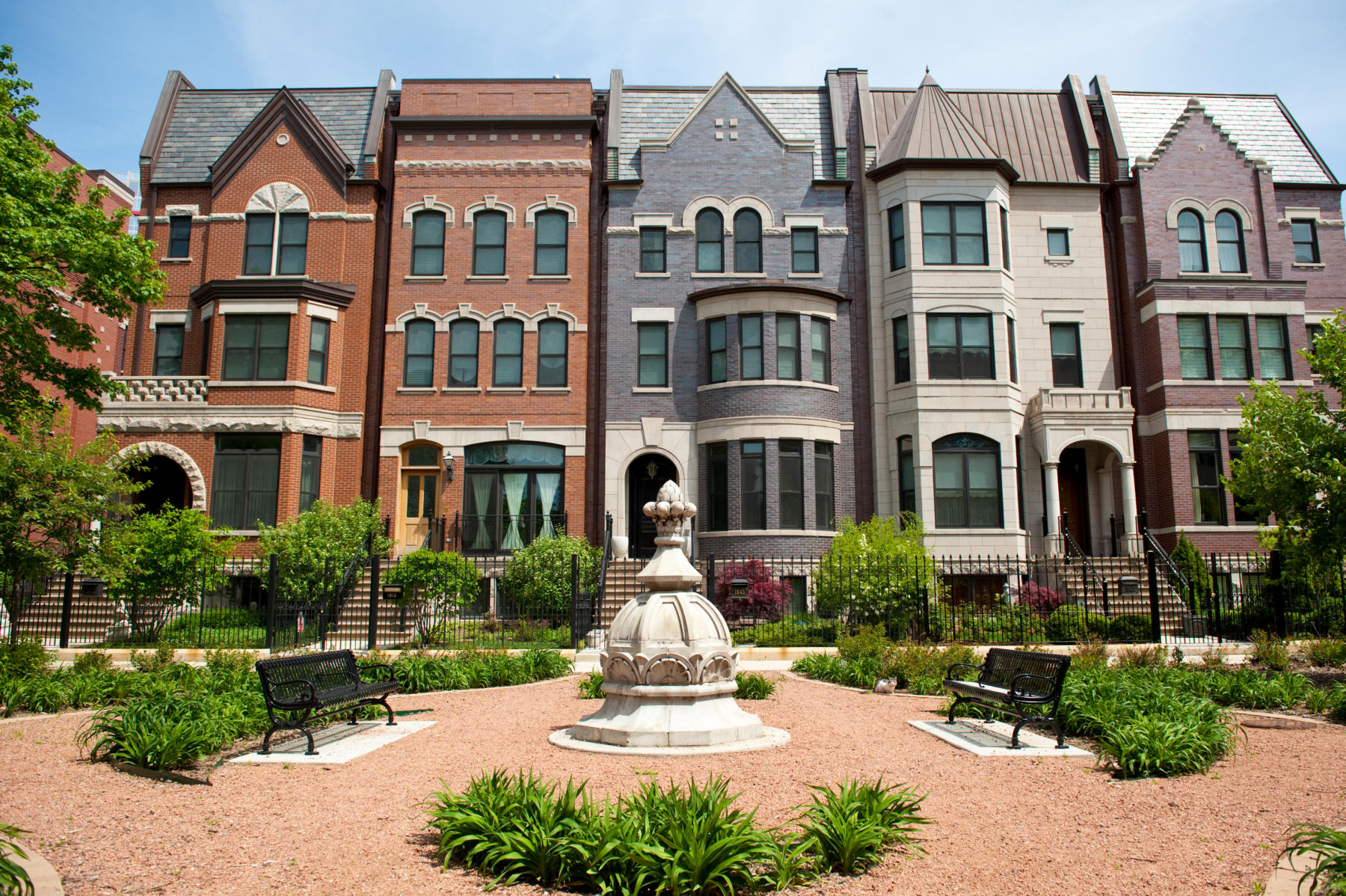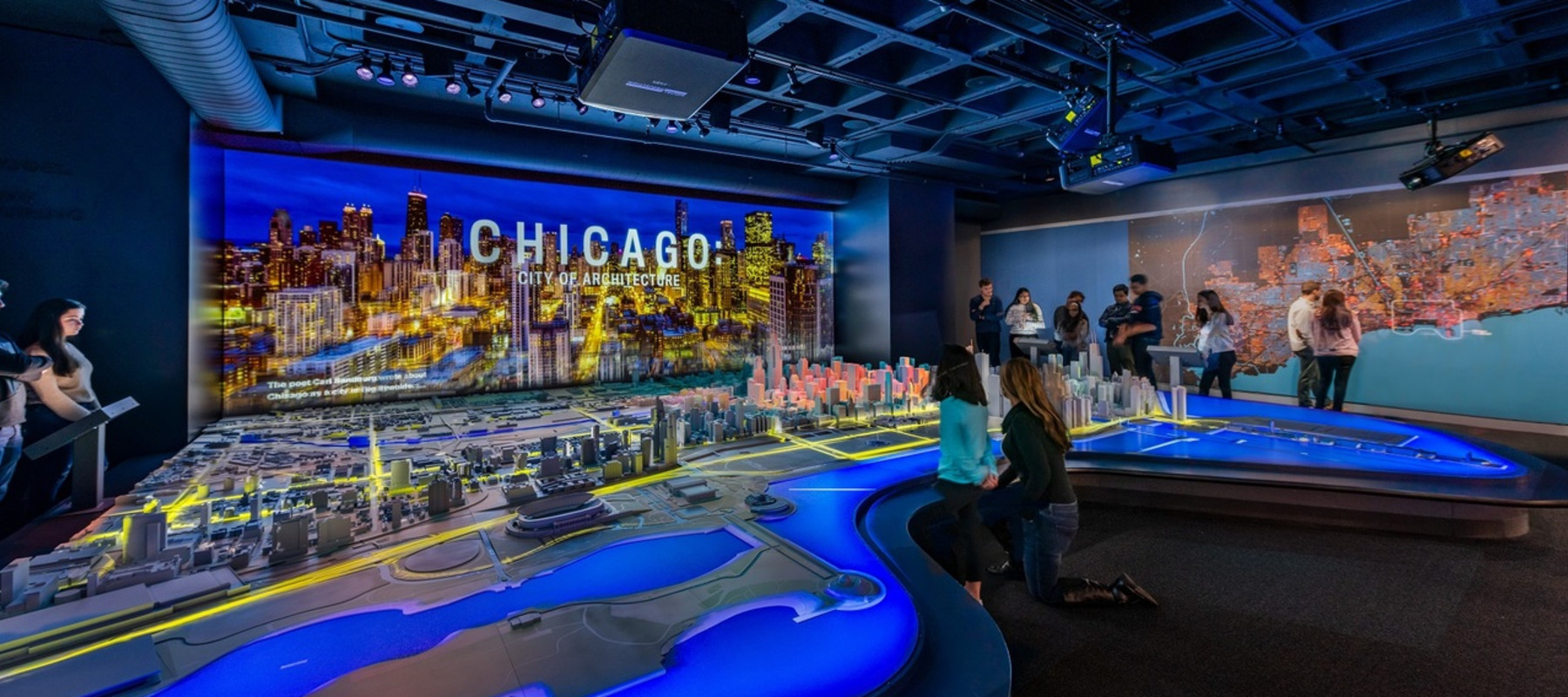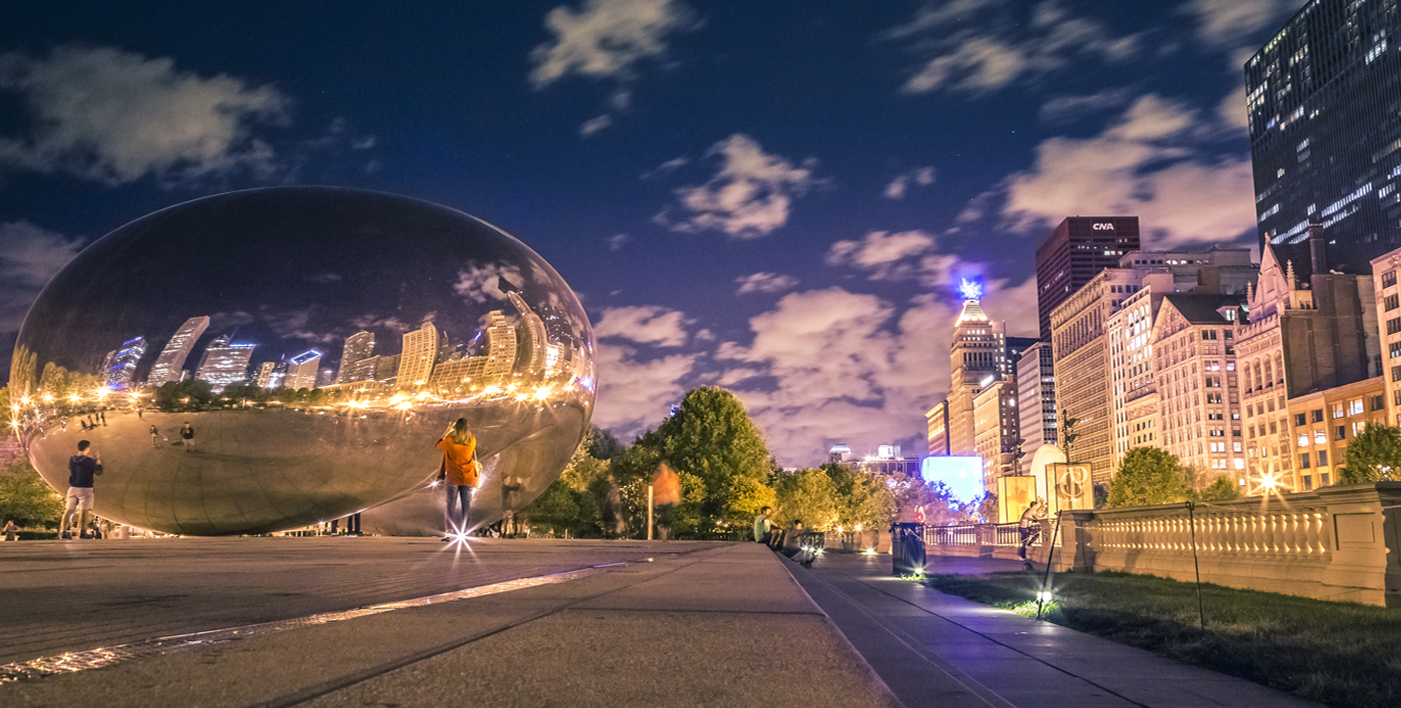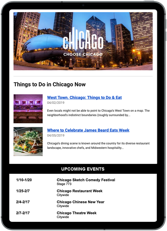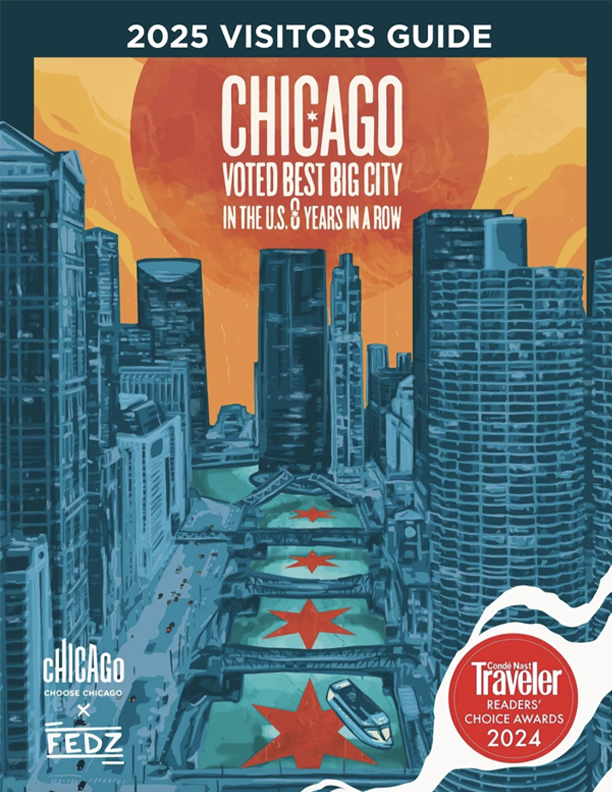The South Loop neighborhood and the surrounding area is a treasure trove of notable architecture, from historic homes to national landmarks. And if you’re in town for the Democratic National Convention, some of the area’s most interesting sites are within walking distance of the event’s official hotels.
This guide to the South Loop area has been carefully curated by Adam Rubin, an architectural historian and the Senior Director of Public Engagement at the renowned Chicago Architecture Center.
As you embark on this DIY walking tour, you’ll get a glimpse into the city’s fascinating history and architectural evolution in and around Chicago’s South Loop neighborhood.
Motor Row District
Chicago’s Motor Row, a National Historic District, was once home to over 100 auto dealerships during the early 20th-century automotive boom. Today, the area is transforming into a burgeoning entertainment district, preserving its historic charm while adapting it for modern use. Join a Chicago Architecture Center’s Motor Row tour to explore a variety of historic buildings in varied architectural styles.
Glessner House
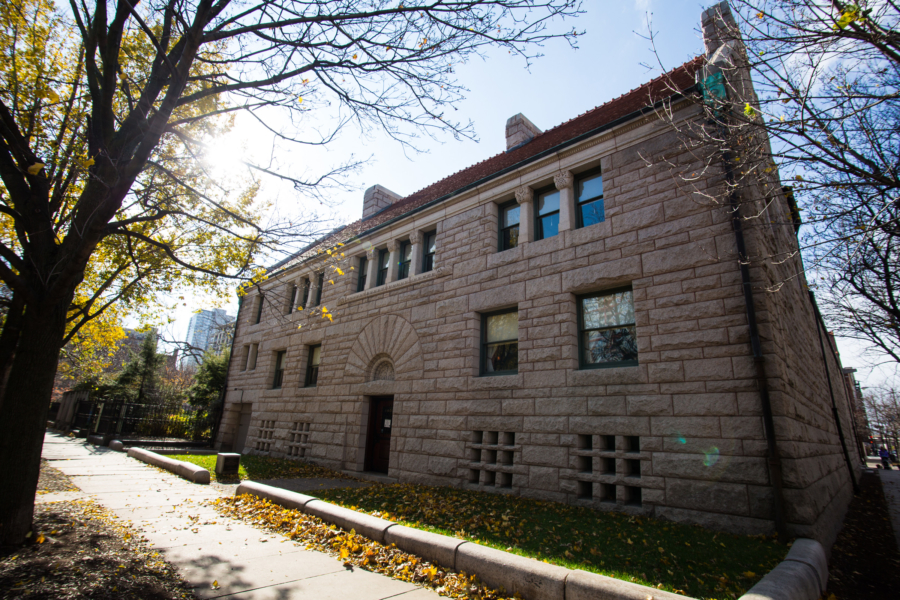
Located on historic Prairie Avenue, Glessner House is a masterpiece of American residential architecture. Designed by Henry Hobson Richardson in 1887, the Glessner House is a pristine example of Richardsonian Romanesque architecture. Head inside to step back in time and discover unique artifacts, history, and a window into life in Chicago in the late 1800s. Tours are available on Wednesday, Friday, and Saturday.
Quinn Chapel AME Church
Founded in 1847, Quinn Chapel AME Church is Chicago’s oldest African American church and stands as a prime example of Gothic Revival architecture. Rebuilt in 1871 after the original structure was destroyed by the Great Chicago Fire, the church is listed on the National Register of Historic Places. The church played a critical role in the city’s Black history as a key stop on the Underground Railroad, offering refuge to escaped slaves seeking freedom.
Blues Heaven Foundation
On South Michigan Avenue, Blues Heaven Foundation pays homage to Chicago’s rich blues heritage. This building was once home to the iconic Chess Records, where legendary artists like Muddy Waters and Chuck Berry recorded. Private tours of Blues Heaven Foundation are available by appointment. The space also hosts free outdoor concerts throughout the summer.
Clarke-Ford House Museum
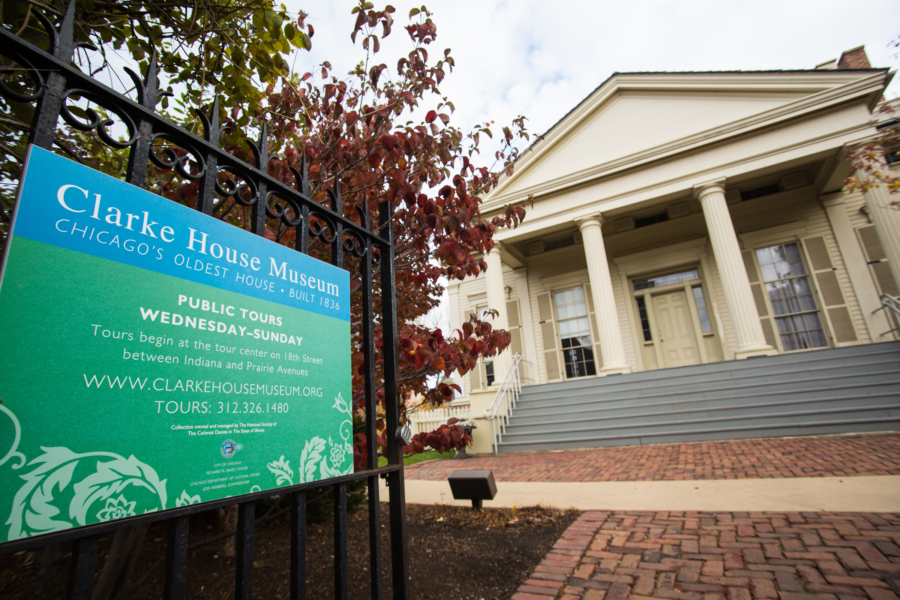
Step inside Chicago’s oldest surviving house, the Clarke-Ford House Museum, constructed in 1836. This Greek Revival-style home offers a glimpse into the city’s early history. Located inside the Chicago Women’s Park in the Prairie Avenue Historic District, this meticulously preserved home has survived two moves, a fire, and centuries of urban growth. Tours inside the house aren’t currently available, but the surrounding park and gardens are worth a visit.
Pui Tak Center
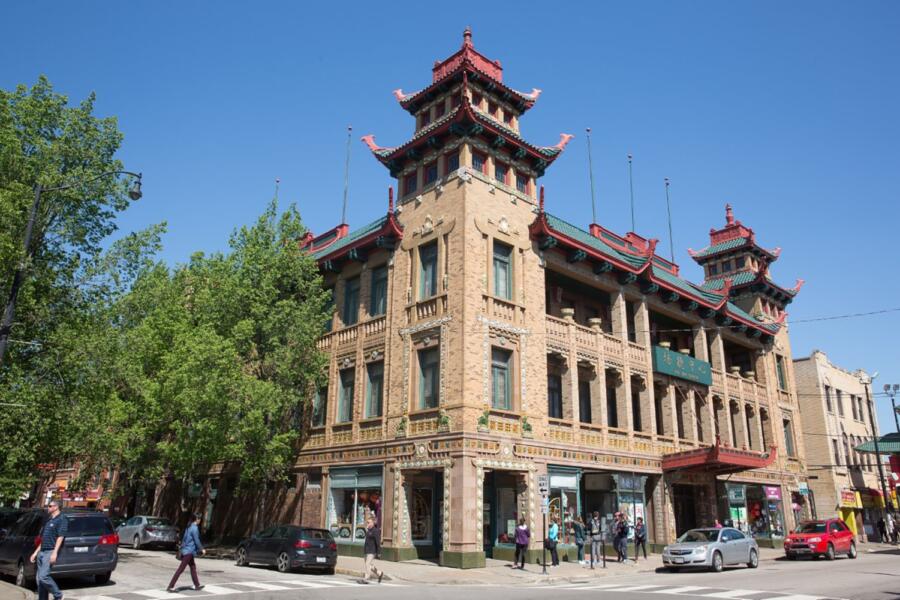
Originally built in 1928, the design of the Pui Tak Center in Chinatown features a blend of traditional Chinese and Western architectural elements, including pagoda-style roofs, intricate terracotta details, and ornate balconies. Built as a cultural and social hub, the building still houses community services like language classes and other cultural programs. The Pui Tak Center is a featured stop on the Chicago Architecture Center’s tour of Chinatown.
Hilliard Towers Apartments
Listed on the National Register of Historic Places, the Hilliard Towers Apartments complex is one of the best examples of mid-century public housing in the nation. The striking structure was designed by renowned architect Bertrand Goldberg, famous for designing Chicago’s iconic Marina City buildings. Goldberg applied his signature style to create a community-oriented environment, maximize space, and provide a better quality of life for residents.
Second Presbyterian Church
Home to one of the oldest congregations in the city, the Second Presbyterian Church is a brilliant example of Gothic Revival architecture, designed by the same architect who designed New York City’s famed St. Patrick’s Cathedral. The stone church was first constructed in 1872 and has been visited by prominent figures such as Grover Cleveland and Booker T. Washington. The church interior features beautiful woodwork, murals, stained glass, and other details synonymous with the style of the era. Free tours are available Friday through Sunday; check their website for details.
If you want to continue exploring the city’s one-of-a-kind architecture, check out more Chicago Architecture Center tours. Whether on foot, by bus, or by boat, these tours provide deeper insights into the city’s architectural marvels and historical significance.

